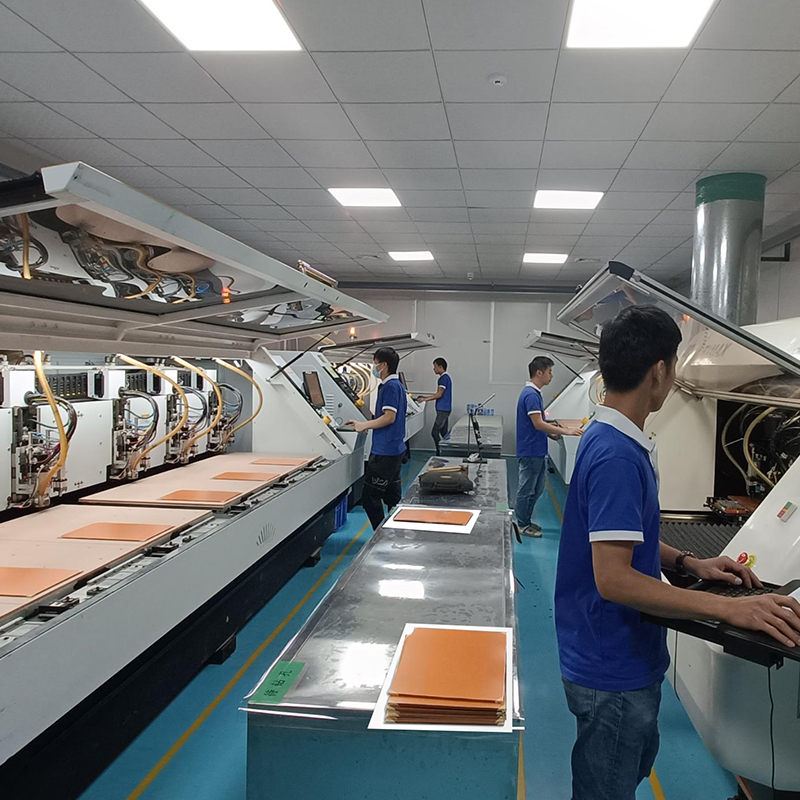Introduce
In today’s technology landscape, power converters play a vital role in our electrified world. These devices convert electrical energy from one form to another, whether it is a change in voltage, current, or frequency. As technology advances and the need for more efficient and sustainable power solutions increases, the ability to prototype and develop custom power converter solutions becomes increasingly important. In this blog post, we’ll explore how to prototype a printed circuit board (PCB) for a power converter, diving into the steps, considerations, and potential benefits of DIY prototyping. So, let’s dig into it!
Learn about power converter and PCB prototyping
Power converters are complex electronic devices that often require custom circuitry to meet specific voltage, current, and efficiency requirements. Prototyping entire power converters using PCBs enables engineers, hobbyists, and innovators to create functional samples to test and evaluate their designs before entering volume production. This iterative process enables the development of better-performing power converters while reducing the risk of costly errors.
Step 1: Define your design requirements
Before diving into PCB prototyping, it’s critical to clearly define your design requirements. Understanding input voltage, output voltage, current rating, size limitations, and other specifications can not only help you select the right components but also guide your PCB layout. Additionally, developing a comprehensive design plan will save you time, reduce potential errors, and enable an efficient prototyping process.
Step Two: Scheme Design
Creating a power converter schematic is the next logical step. This involves using schematic design software to draw a visual representation of the circuit. The schematic should contain all necessary components while following the design requirements identified in the previous step. Take the time to double-check your connections and make sure the circuit is optimized for the required functionality and efficiency.
Step 3: PCB Layout and Design
Once the schematic is complete, you can move into the PCB layout and design phase. Here you will convert the schematic into a physical representation of the circuit board. Attention must be paid to board size, component placement, and trace routing. Using PCB design software can simplify this process as it provides tools for optimizing board layout and ensuring efficient signal flow.
Step 4: Component Selection and Assembly
Choosing the right components is critical to the success of your power converter prototype. Consider factors such as efficiency, cost, and availability when selecting key components such as integrated circuits, transformers, capacitors, and inductors. Once you have your components, follow best practices for soldering and assembly to ensure reliable connections and prevent potential problems during testing.
Step 5: Test and iterate
Now that your PCB prototype is assembled, it’s time to test its functionality. Verify that the power converter operates as expected under various operating conditions. Use appropriate measurement equipment such as oscilloscopes and multimeters to evaluate voltage, current, and overall performance. Analyze the results and make necessary iterations on your design, layout, or component selection to improve the performance of your prototype.
Advantages of Power Converter DIY PCB Prototyping
1. Cost-Effectiveness: By prototyping a power converter PCB, you can explore different design options without relying on expensive third-party manufacturers. This eliminates the need for large upfront investments, making the development process more affordable, especially for hobbyists and startups.
2. Customization: DIY prototyping enables you to customize your power converter design to meet specific project requirements. With complete control over the design process, you can experiment with different technologies, configurations, and component selections to achieve optimal performance.
3. Faster time to market: Outsourcing PCB manufacturing may result in longer lead times, which may hinder the project’s development timeline. DIY prototyping gives you the flexibility to quickly iterate and refine your designs, speeding up testing and evaluation cycles. This ultimately speeds up your time to market.
4. Gain knowledge: Prototyping a power converter PCB can enhance your understanding of basic concepts and technologies. Through hands-on experience, you’ll gain valuable insights into circuit design, board layout, and manufacturing, allowing you to tackle future challenges with confidence.
In conclusion
PCB prototyping of power converters fosters innovation by allowing engineers, hobbyists, and other individuals to experiment, refine, and develop custom power solutions. The DIY approach to PCB prototyping offers cost-effectiveness, customization, faster time to market, and knowledge acquisition. Following the steps outlined in this blog post, you can embark on the exciting journey of creating a functional power converter prototype and pave the way for groundbreaking electrical solutions. So use your imagination and start prototyping your power converter today.
Post time: Oct-26-2023
Back







